Phlorizin dihydrate
- CAS NO.:7061-54-3
- Empirical Formula: C21H26O11
- Molecular Weight: 454.43
- MDL number: MFCD00006591
- EINECS: 628-113-6
- SAFETY DATA SHEET (SDS)
- Update Date: 2024-12-06 22:41:32
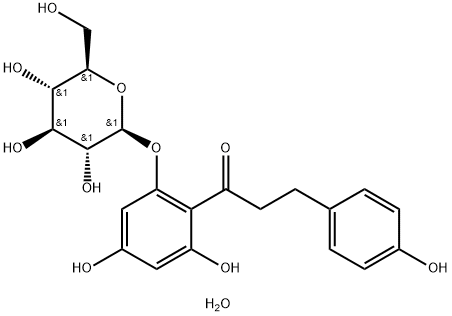
What is Phlorizin dihydrate?
The Uses of Phlorizin dihydrate
Phloridzin dihydrate has been used as:
- a Na+-glucose cotransport inhibitor to test its effect in lowering blood glucose
- a hexose carrier inhibitor to prevent glucose derivative 2-(N-(7-nitrobenz-2-oxa-1,3-diazol-4-yl)amino)-2-deoxyglucose (2-NBDG) uptake in sycamore cells
- a non-specific sodium-glucose co-transporter 2 (SGLT2) inhibitor in embryonic cardiomyocyte cell line H9C2 to investigate its protective effect on Dox-induced cytotoxicity
What are the applications of Application
Phloridzin dihydrate is a blocker of kidney glucose reabsorption
Biochem/physiol Actions
Phloridzin is a glycoside present in the leaves and bark of apple. It is also present in peel and pulp of the apple fruit. Phloridzin belongs to the dihydrochalcones class of compounds. Lactase catabolizes phloridzin to phloretin and glucose in small intestine epithelial cells. Phloridzin is an antidiabetic agent and is equally bioavailable as phloretin.
Properties of Phlorizin dihydrate
| Melting point: | 113-114 °C(lit.) |
| alpha | -52 º (c=3, EtOH) |
| storage temp. | Inert atmosphere,2-8°C |
| solubility | Soluble in Chloroform,Dichloromethane,Ethyl Acetate,DMSO,Acetone,etc. |
| form | neat |
| form | Solid |
| color | White to off-white |
| optical activity | [α]20/D 52°, c = 3 in ethanol |
| BRN | 66621 |
| CAS DataBase Reference | 7061-54-3(CAS DataBase Reference) |
Safety information for Phlorizin dihydrate
| Signal word | Warning |
| Pictogram(s) |
 Exclamation Mark Irritant GHS07 |
| GHS Hazard Statements |
H315:Skin corrosion/irritation H319:Serious eye damage/eye irritation H335:Specific target organ toxicity, single exposure;Respiratory tract irritation |
| Precautionary Statement Codes |
P261:Avoid breathing dust/fume/gas/mist/vapours/spray. P264:Wash hands thoroughly after handling. P264:Wash skin thouroughly after handling. P271:Use only outdoors or in a well-ventilated area. P280:Wear protective gloves/protective clothing/eye protection/face protection. P302+P352:IF ON SKIN: wash with plenty of soap and water. P305+P351+P338:IF IN EYES: Rinse cautiously with water for several minutes. Remove contact lenses, if present and easy to do. Continuerinsing. |
Computed Descriptors for Phlorizin dihydrate
New Products
Tert-butyl bis(2-chloroethyl)carbamate (S)-3-Aminobutanenitrile hydrochloride N-Boc-D-alaninol N-BOC-D/L-ALANINOL 3-(2,4-Dimethoxybenzyl)dihydropyrimidine-2,4(1H,3H)-dione 6-Bromo-3-iodo-1-methyl-1H-indazole N-octanoyl benzotriazole 3,4-Dibenzyloxybenzaldehyde 4-Hydrazinobenzoic acid Electrolytic Iron Powder 1,1’-CARBONYLDIIMIDAZOLE R-2-BENZYLOXY PROPIONIC ACID 4-HYDROXY BENZYL ALCOHOL 1,1’-CARBONYLDI (1,2-4 TRIAZOLE) S-2-CHLORO PROPIONIC ACID (2-Hydroxyphenyl)acetonitrile 4-Bromopyrazole 5-BROMO-2CYANO PYRIDINE 5,6-Dimethoxyindanone 5-broMo-2-chloro-N-cyclopentylpyriMidin-4-aMine N-Boc-L-proline methyl ester 2-(BOC-Amino)4-picoline 1-(4-Methylphenylsulfonyl)-1H-1,2,3-benzotriazole 1-(2-Chlorobenzyl)-4-nitro-1H-pyrazoleRelated products of tetrahydrofuran
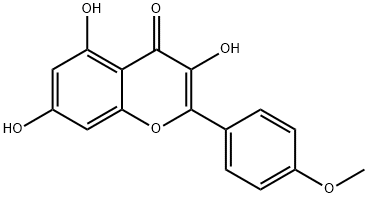
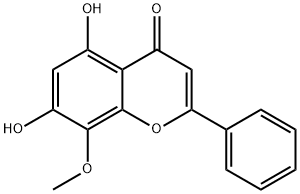


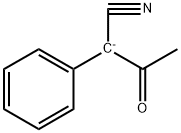
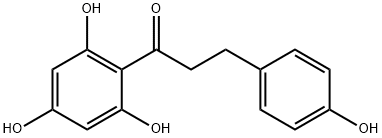


You may like
-
 Phlorizin dihydrate 95% CAS 7061-54-3View Details
Phlorizin dihydrate 95% CAS 7061-54-3View Details
7061-54-3 -
 Phloridzin, dihydrate, 99% CAS 7061-54-3View Details
Phloridzin, dihydrate, 99% CAS 7061-54-3View Details
7061-54-3 -
 Phloridzin dihydrate CAS 7061-54-3View Details
Phloridzin dihydrate CAS 7061-54-3View Details
7061-54-3 -
 Phloridzin dihydrate CAS 7061-54-3View Details
Phloridzin dihydrate CAS 7061-54-3View Details
7061-54-3 -
 1446013-08-6 Fmoc-His-Aib-OH TFA 98%View Details
1446013-08-6 Fmoc-His-Aib-OH TFA 98%View Details
1446013-08-6 -
 127464-43-1 99%View Details
127464-43-1 99%View Details
127464-43-1 -
 2-ETHYLPYRIDINE 100-71-0 99%View Details
2-ETHYLPYRIDINE 100-71-0 99%View Details
100-71-0 -
 13162-05-5 99%View Details
13162-05-5 99%View Details
13162-05-5
Statement: All products displayed on this website are only used for non medical purposes such as industrial applications or scientific research, and cannot be used for clinical diagnosis or treatment of humans or animals. They are not medicinal or edible.